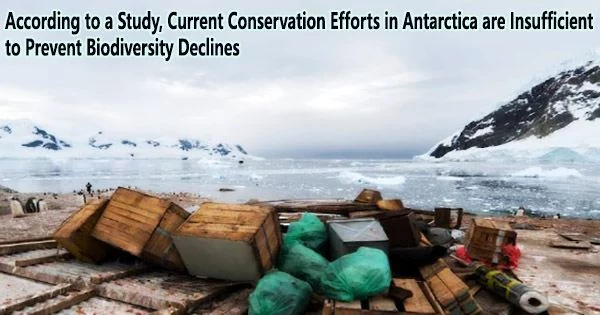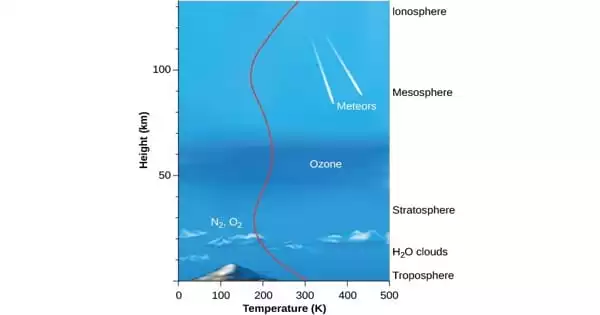The Antarctic region is facing numerous threats, including climate change, overfishing, and human disturbance. As a result, some species of plants and animals are experiencing declines, and the ecosystem as a whole is at risk of significant alterations.
“Existing conservation efforts are insufficient to protect Antarctic ecosystems, and population declines are likely for 65% of the continent’s plants and wildlife by the year 2100,” according to a study by Jasmine Rachael Lee at the University of Queensland, Australia, and colleagues, publishing December 22 in the open access journal PLOS Biology.
The Antarctic Treaty was established in 1959 to ensure the peaceful use of the continent and to protect its environment. The Treaty designates Antarctica as a scientific preserve and bans military activity on the continent.
Up to 84% of terrestrial bird, animal, and plant groups would benefit from the implementation of ten core threat management methods at a yearly cost of 23 million US dollars.
Researchers evaluated hazards and conservation strategies for Antarctica using expert judgments and scientific data in order to better understand which species are most vulnerable and determine the most cost-effective interventions. 29 specialists were consulted to establish feasible management plans, determine their costs and viability, and evaluate the potential advantages for various species between now and 2100.
Existing conservation efforts are insufficient to protect Antarctic ecosystems, and population declines are likely for 65% of the continent’s plants and wildlife by the year 2100.
Jasmine Rachael Lee
The greatest significant threat to Antarctic biodiversity has been determined to be climate change, and changing global policy to reduce warming has been found to be the most effective conservation strategy. Under current management strategies and more than 2 degrees Celsius of warming, 65% of land plants and animals will decline by 2100.
Emperor penguins (Aptenodytes forsteri) were identified as the most vulnerable, followed by other sea birds and soil nematode worms. However, regional management strategies could benefit up to 74% of plants and animals at an estimated cost of 1.92 billion US dollars over the next 83 years, equating to 0.004% of global GDP in 2019.
Minimizing the effects of human activity, enhancing the design and management of new infrastructure projects, and improving transport management were the regional management techniques that offered the highest return on investment.
The increasing number of tourists visiting Antarctica is also having an impact on the continent’s delicate ecosystem. Furthermore, the rapid pace of climate change is causing the loss of ice shelves and the melting of glaciers, which is altering the habitats of many species and disrupting the food chain.
“As Antarctica faces increasing pressure from climate change and human activities, a combination of regional and global conservation efforts is needed to preserve Antarctic biodiversity and ecosystem services for future generations,” the authors say.
Lee adds, “What this work shows is that climate change is the greatest threat to Antarctic species and what we need is global mitigation efforts to save them. This will not only help to secure their future, but also our own.”
















